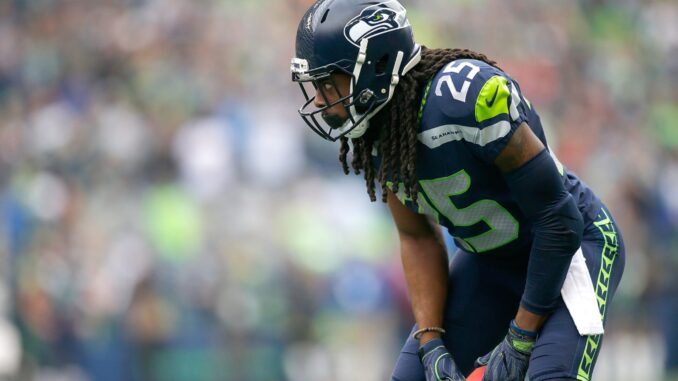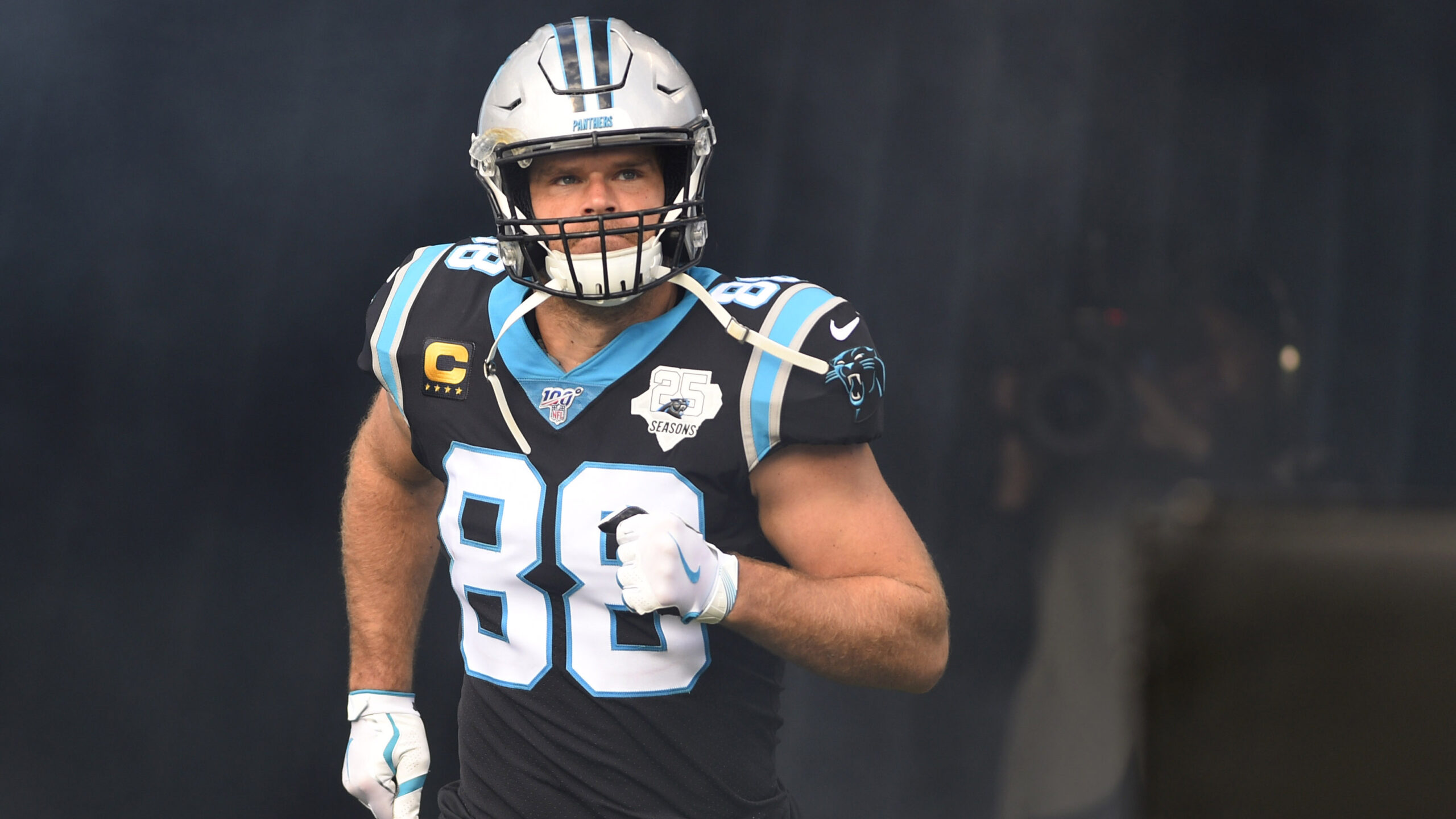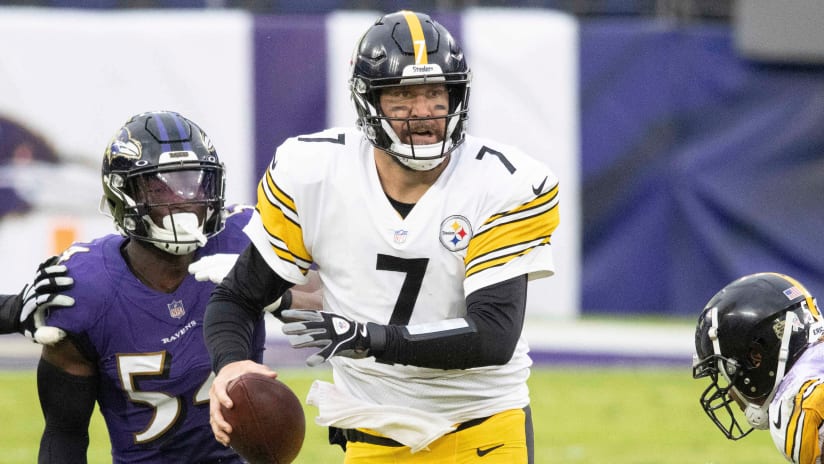
Seattle has seen many players come to town and make a lasting impact on the team, the fans, and the community – while making a permanent home in the hearts of the Seahawks faithful. There are far too many fan favorites to make this list make sense, but the top players in franchise history are nearly incontrovertible. What order they rank, however, is very much up for discussion.
At last, we are nearing the conclusion of the rankings of the greatest players to wear a Seattle Seahawks uniform.
If you missed any of the previous chapters in the countdown, here are numbers 25-3:
While previous chapters have included multiple players, the top five players in franchise history deserve more than just a portion among other names, so we will be unveiling the top five players ever to wear a Seattle uniform individually.
2. Cornerback Richard Sherman (2011-2017)
When your QB threw a pass and Sherman was in coverage, it made you sick. That’s the best thing I can say about Richard Sherman, the cornerback. If the pass went in his direction, you just hoped the ball hit the turf because that was the best-case scenario.
At 6’3” and 200lbs, he was bigger and taller than the average receiver, and as a former receiver himself, he knew how to run routes which meant he was great at shadowing them. Sherman was like some curse from a video game, and it’s a defender of your nightmares for seven years. He’s not just going to beat you; he will beat you and laugh while he does it. He’s going to make it look easy, and it’s going to be on television with everyone you know watching, and there will be nothing you can do to stop it, and it’s going to be the defining moment of your career. Now you have some idea what Colin Kaepernick and Michael Crabtree felt like on January 19th, 2014.
A 5th-round pick out of Stanford in 2011, Sherman arrived in Seattle with a Super Bowl-sized chip on his shoulder and came to the NFL ready to prove that every team made a mistake passing on him – figuratively and literally. With 4 All-Pro selections, including three first-team and four trips to the Pro Bowl, it’s clear that both his fellow players and the fans had a ton of respect for him. In his first full season as a starter, Sherman had eight interceptions, just one off the league lead. In 2013 he repeated with eight interceptions, this time the league leader.
Given his ability as a pass-catcher, it’s incredible Seattle never lined up him on offense. Sherman had the size, speed, and catching talent to play receiver or defensive back, but he chose defense and more than made his mark. Sherman made 32 catches unrequested by the opposing teams in his time in Seattle, so you can only wonder what kind of mischief he could have been involved with if the offense had been throwing him the ball.
Sherman started ten games at cornerback his rookie year and took over the job full time in his second year – leading the league in passes defended as he made his first All-Pro team. In his third year – considered by many to be among the greatest single-season performances by a cornerback of all time – Sherman led the league in interceptions and again was selected first-team All-Pro, a feat he achieved for a third consecutive season in 2014 despite most teams refusing to throw in his direction. His fourth and final All-Pro season came in 2015, but he made second-team this time, ending his run of first-team selections but adding a ridiculous fourth consecutive all-pro team honor.
The most interesting part about his 2015 season is that he spent a lot of time moving around the formation due to a troubling lack of depth at corner on the other side of the field. One of the only possible weaknesses in Sherman’s game is that he doesn’t typically shadow the other team’s best receiver since Seattle’s defense was built on a system of coverage layers that required quality defense from both corners regardless of who is on offense. This new system of asking Sherman to follow the other team’s best threat didn’t backfire; if anything, it laid to rest any doubts his critics had left. With no help on the other side of the field, Sherman still played up to his typical standards, and the defense as a whole was ranked #1 overall, and the passing defense ranked #2.
Sherman didn’t miss a game until his 7th season, and it took a ruptured Achilles to knock him out. He missed the final seven games and was cut in the offseason. You might be wondering how a guy that ranks in the top 170 in career interceptions is ranked this high on the all-time list? Well, I would say the same thing to folks who wonder how Muhammad Ali can rank so high when he’s not even in the top 20 in career knockouts – the eye test tells you what one specific number may not. Sherman was the best at his position during his career, and it’s not even close. I don’t care what the all-time numbers are; the truth is that his career took place in the most pass-heavy era the league has ever seen, and despite this, Sherman saw to it that QBs only completed two passes a week. That’s nuts.
There hasn’t been a better member of the secondary before he arrived, and there may never be one as good again. Rankings experts constantly bring up Darrell Revis’ 2009 season as the definitive marker of what makes a great cornerback. That was definitely an all-time great season by one of the best defensive backs in the game’s history. The difference between Sherman and any other corner is this – no one wanted to throw at Sherman. You can’t make QBs throw at you, but you can certainly make them want to look elsewhere, and the vast majority of QBs decided not to test Sherman after his 2013 season. The simple truth is that you cannot intercept passes if the pass doesn’t happen or if it goes to another part of the field. Even when he wasn’t on the field, Sherman was getting into the heads of his opponents, and there isn’t a stat for that.
His contributions on the field didn’t end with psyching out the opposition; Sherman also took a lot of young players under his wing and coached them up. He took the player-coach honor seriously, and he understood that a deep secondary is a better secondary. He didn’t worry about some kid outperforming him; if anything, that would have freed him up to do his job even better. The best teammates understand that when individual players are better, the team is better, and they have that much more firepower if someone is forced to miss time. Too many veteran players worry about job security to the point they won’t help a teammate at the same position improve, but that was never a concern for Sherman. It’s not a coincidence that since his departure, Seattle has taken a nosedive in passing defense. Aside from his play on the field, his coaching left as well, and it hasn’t gone well. Seattle has some young and talented corners now, but it never hurts to have the best athlete and brain at your position showing you the ropes. A lot of young corners rely too much on instincts and not enough on what they are seeing and when to trust it. Sherman showed them subtle ways to play by the rules and still get a receiver off their game and how to gain position before the ball is in the air. Any player would have a tough time trying to play like him, but a copy, even a poor copy, is better than nothing at all.
In seven seasons in Seattle, Sherman averaged four interceptions per season against just two touchdowns allowed. That’s insane. No one else in the league was doing that then, and no one in the league is doing that now. In those seven seasons, Sherman allowed 196 receptions on 471 targets for a completion percentage of 41%. That’s 28 receptions per season against 67 passes as the closest defender to the intended receiver. He was beating the receiver to the ball more than 60% of the time, forcing 275 incompletions along the way, and he intercepted the ball once every eight incompletions. Sherman had 99 passes defended when he was with Seattle, or 14 per season, while averaging less than two completions allowed per game. So if QBs were brave enough to throw his way, he got his hands on the ball every four passes, and one of every nine passes thrown his way, he was picking off at least one, and more than half of them were hitting the turf. That’s a nightmare day at the office for any QB, and Sherman served up that deal every Sunday, every season, for seven years.
In 12 career playoff games, he played just as tight, allowing just 19 receptions on 45 targets for a completion percentage of 42% and 10 passes defended. That’s an incredible two completions allowed per game and nearly one pass defensed for every two he allowed. In today’s league, where the offensive players are given so much room to make plays and make defense nearly impossible on a broad scale, Sherman did it at the highest level and made it look easy – and he did it clean.
In the Super Bowl against Denver, Broncos’ QB Peyton Manning rarely threw in Sherman’s direction despite attempting 49 passes, so the superstar cornerback spent most of the game waiting for action. Sherman had one pass defensed and two tackles in a lopsided 43-8 victory for Seattle’s first Super Bowl championship. The following year against another all-time great QB Tom Brady, Sherman was not targeted much, finishing the game with two tackles and no passes defensed as Brady attempted 50 passes.
99 pass attempts in two Super Bowls by two of the best to ever play QB, and they diverted nearly all of them away from Sherman. That should tell you all you need to know about how much the intelligent QBs feared his ability to end a play and ruin their day.
NFL QBs largely ignored his side of the field in 2014, knowing what would likely happen if they risked throwing toward a receiver with Sherman in the area. Even if he didn’t make the catch himself, he often used his length and speed for batting the ball away, and one of his teammates would collect the interception instead. Facing Sherman was like playing football in a nightmare, and the opponent had all of the cheat codes turned on in some twisted video game. He made you want to throw a video game controller even when you were just watching tv, that’s how good he was. If the QB was foolish enough to throw his way, you had a pretty good feeling about the play if you were rooting for Seattle. If you were rooting for the other side, you just clenched your teeth and hoped he didn’t ruin your Sunday afternoon (spoilers – he often ruined your Sunday afternoon).
One of the most common things fans would say to each other during Sherman’s time in Seattle is that they loved having him on their team and would hate playing against him. That’s precisely the kind of player you want, the guy that can elevate your team and get under the skin and into the heads of the opposition. He will be remembered for his time in Seattle as a terrifying opponent to the visiting team, a player that had all the strengths you wanted and none of the weaknesses. He is one of the smartest players ever to wear a football uniform, and he consistently proved to be one of the most athletic and hardest working as well.
Sherman hasn’t retired from the NFL yet, but when he does, he will quickly be enshrined in the NFL Hall of Fame and the Seattle Ring of Honor, and he is incredibly deserving of both honors.
Check out Sherman’s career highlights here.




